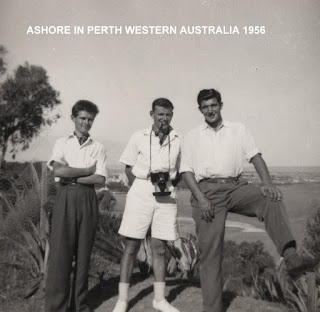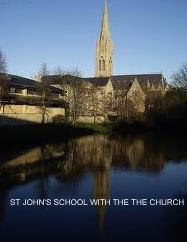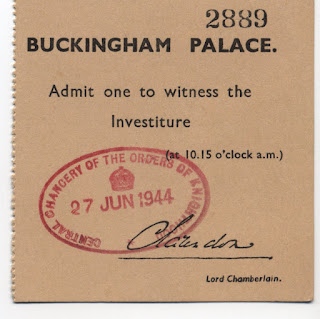THE CUT OF HIS JIB

The jib is the sail that extends from t he foretopmast head to the jib boom or bowsprit. A sailor could judge the performance of a sailing vessel by its appearance, its cut, and then function. This is comparable to saying " you can judge a book by its cover" - in this blog I take a look at this aphorism taking torn jeans into consideration. My wife, who's opinion I value greatly, says that you can often judge a book by its cover. She then often adds a codicil to that statement by affirming that it isn't always true and you do get some surprises. Let us examine this from a somewhat nautical angle and let you form your opinion. I see someone in jeans with holes in them and I am immediately irate. I revert to type according to my wife. She can tell the temperature is rising and takes appropriate action to get me calmed down. I usually see someone in these jeans as some numpty who still has the cradle marks on his arse, someone who hasn't done a decent day's w









